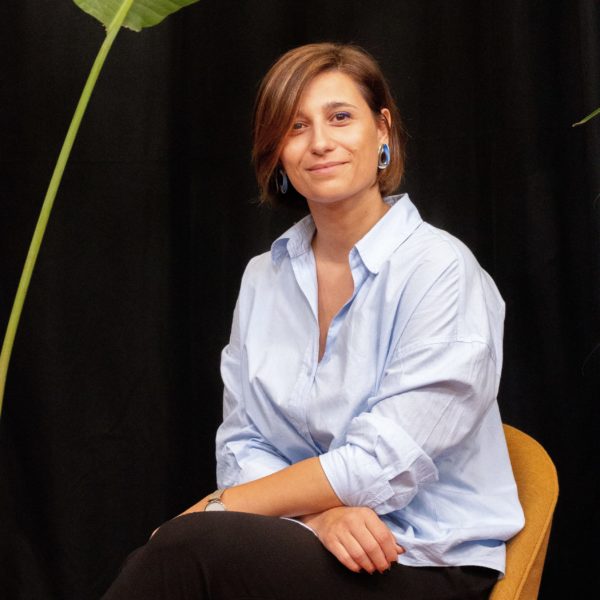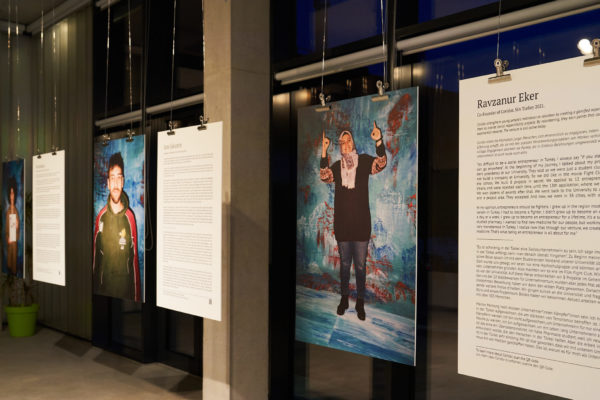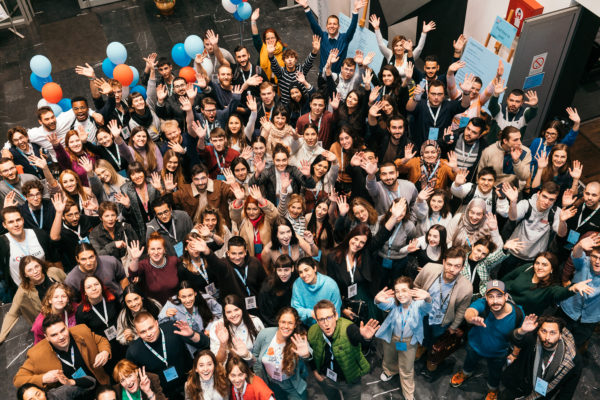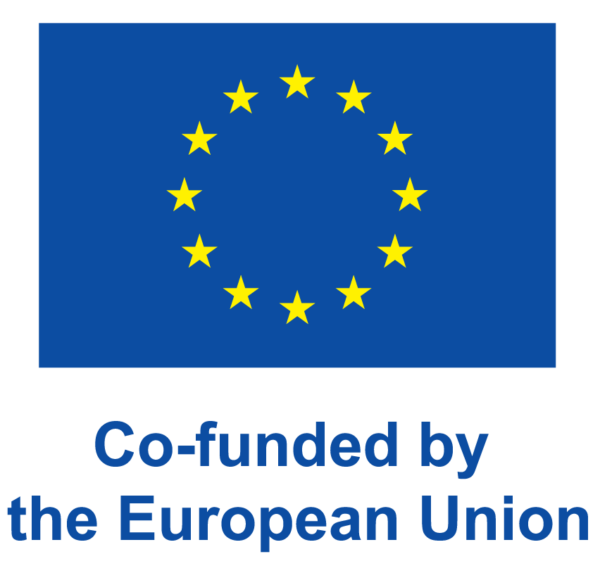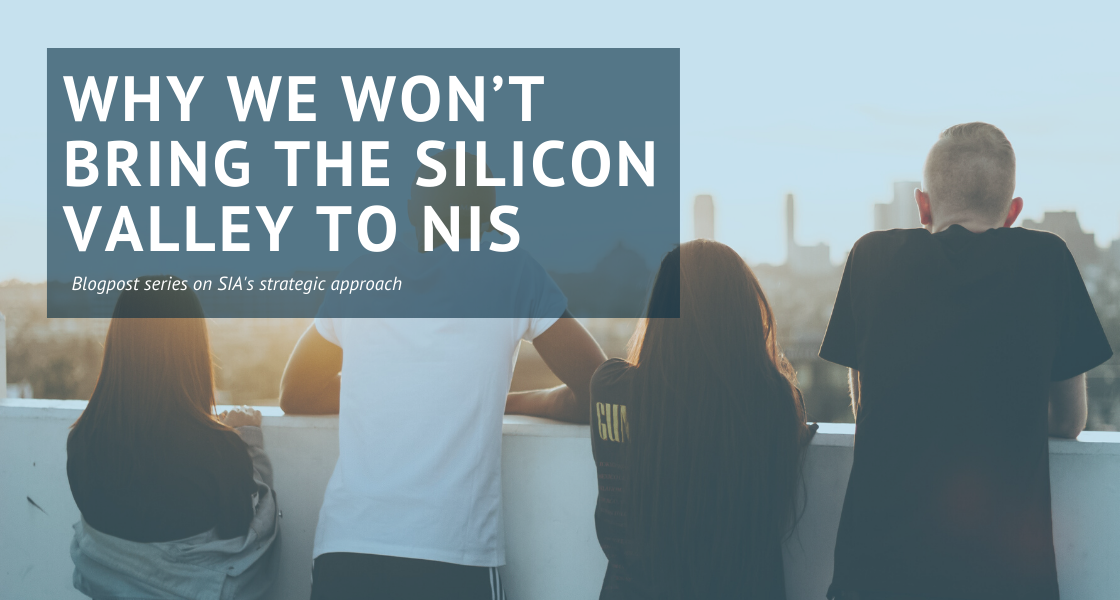
Why we won’t bring the Silicon Valley to Nis
It has always been a key objective of SIA’s work to raise awareness among youth (18 to 30 year-olds) about social entrepreneurship as a potential career path and vehicle for […]
It has always been a key objective of SIA’s work to raise awareness among youth (18 to 30 year-olds) about social entrepreneurship as a potential career path and vehicle for civic engagement. So far, we understood this part of our efforts primarily as a means to attract workshop participants and applicants. However, as much as it is important that SIA offers such educational and supportive opportunities, we should understand awareness as a stand-alone impact field. We need the youth’s talent and inspiration in rebuilding our societies and economies in a post-pandemic world. The COVID-19 crisis bears a unique opportunity to put social innovation and impact-driven entrepreneurship at the top of young talents’ career options.
Those working in the field of social entrepreneurship for longer might assume that social entrepreneurship is already a topic that is well known among young people. Some might even think it’s a hype. Such an assumption, however, does not match our daily experiences in working with youth through SIA. The vast majority of young people are not aware of social entrepreneurship as a potential career path. The underlying reasons for this are manifold:
- Low emphasis on self-efficacy, autonomous action, and problem-solving in public education (e.g. Chamard, 1989).
- A narrow understanding of institutional responsibilities, with certain institutions perceived as main, or only legitimate actors to address social challenges, hampering civic action and social entrepreneurship (e.g. Defourny and Nyssens, 2010).
- Weak support systems or even hostile environments for civic action and social entrepreneurship (Stephan et al., 2015; Vandor et al., 2017).
- Lack of access to high levels of education and required economic or cultural resources, which are associated or even required for operating social ventures (see e.g. Estrin et al., 2016).
We see a massive impact potential in strengthening our role as an inspirational platform that raises awareness among youth on the opportunities that social entrepreneurship bears – both as a vehicle to form and scale impactful businesses, but also a tool to enhance the competencies and empowerment of youth in a world in crisis.
Thanks to our core program activities and ten years track record, SIA has the content at hand to inspire. In having supported the creation of more than 700 impact ventures throughout the last ten years, working with more than 1,000 partner organizations worldwide, and conducting impact measurements on an ongoing basis, we are exposed to an incredible wealth of inspiring venture stories, encouraging case studies, paradigmatic career paths, and convincing impact data. All we need to do is to translate this content into accessible and digestible content for youth.
Not only can we directly access a vast amount of inspiring stories at hand. We can also rely on our well-connected network of licensees and partner organizations to contextualize it. Why is this so relevant?
Think of a young person – let’s say a student from the Serbian city of Nis – and imagine this person watching a story of a Silicon Valley venture while scrolling through Instagram timeline. Will such content – as amazing as it might be – really inspire this young Serbian to get active? More likey, he/she will conclude that one should be on the US West coast (or at least in London or Berlin) to start his/her own project or initiative. Now, imagine instead of yet another US-based story, a video of a young social entrepreneur from Nis who started by winning the Social Impact Award, talking about how the venture is growing despite the difficult circumstances in Serbia. This might at least make the viewer think twice whether social entrepreneurship could be an interesting career path. It is this contextualization of content – combined with the use of local language – that we believe is key for growing the awareness of social entrepreneurship beyond our current bubbles.
Thus, we have set ourselves an ambitious goal: in 2023, we aim to reach ten million young people through our awareness-raising efforts. To achieve this objective, we will use the next years to build effective systems for collecting, curating, and disseminating inspiring content. We will do so in collaboration with individuals, organizations, and networks from both within and outside of our current community. In addition, we will grow our internal capacity for storytelling and communications. We will use all relevant channels available for reaching our young audience; with a strong focus on social media. Depending on both our resources and the feedback from our audiences, we might even start exploring stand-alone products for awareness-raising such as podcasts, books, or similar.
In the next blog post of our strategy series “Rebooting Social Innovation”, we will focus on the importance of social innovation education to unfold the youths’ potential as innovators and entrepreneurs in a post-pandemic world. The article will elaborate on how SIA aims to annually empower 12,000+ young talents by 2023 through our highly qualitative and accessible education formats.
This is the second article of our blog series on the topic of SIA’s strategic approach for the period 2020-2023. Find the links to all other blogs here:
Beyond the crisis: A post-pandemic world needs social innovation more than ever
Raising awareness among the youth: Why we won’t bring the Silicon Valley to Nis
Education and training: Local roots for global content
Supporting nascent social enterprises: Preparing the best ventures for flying high, not burning out
SIA’s alumni community: Building a peer-community of young leaders
Deepening our impact: Stronger collaboration to achieve a common mission
Scaling our impact: Growing in an ambitious, yet healthy way
Strategizing with multiple stakeholders: An honest and intense look inwards and outwards
